
Quick Summary:
This blog discusses the various urinary catheter types and what to look for when buying a catheter, including intermittent, indwelling, and external catheters.
Click a link to jump to the section.
Introduction
There are many reasons someone may need to start using an intermittent or indwelling catheter: urinary incontinence, surgery recovery, injury, and more. Choosing a urinary catheter for the first time can be overwhelming due to the wide range of varieties available today. Choosing the correct catheter can significantly improve your everyday life, so it is essential to understand the various types of catheters and their benefits to find the most comfortable and convenient for you.
Main Types of Urinary Catheters and Their Uses
Intermittent Catheters
Intermittent catheters are the most commonly used catheter for short-term use and self-catheterization. They are best for individuals who don't require continuous drainage, as they are only inserted when you need to drain your bladder. One end is open so its contents can be drained into a toilet or collection bag.
Key Benefits
- Reduces risk of urinary tract infections (UTIs)
- Self-catheterization promotes independence
- Portable and compact solution
Ideal For
- Those with high mobility and/or active lifestyles
- Light to moderate urinary incontinence
- Urinary retention
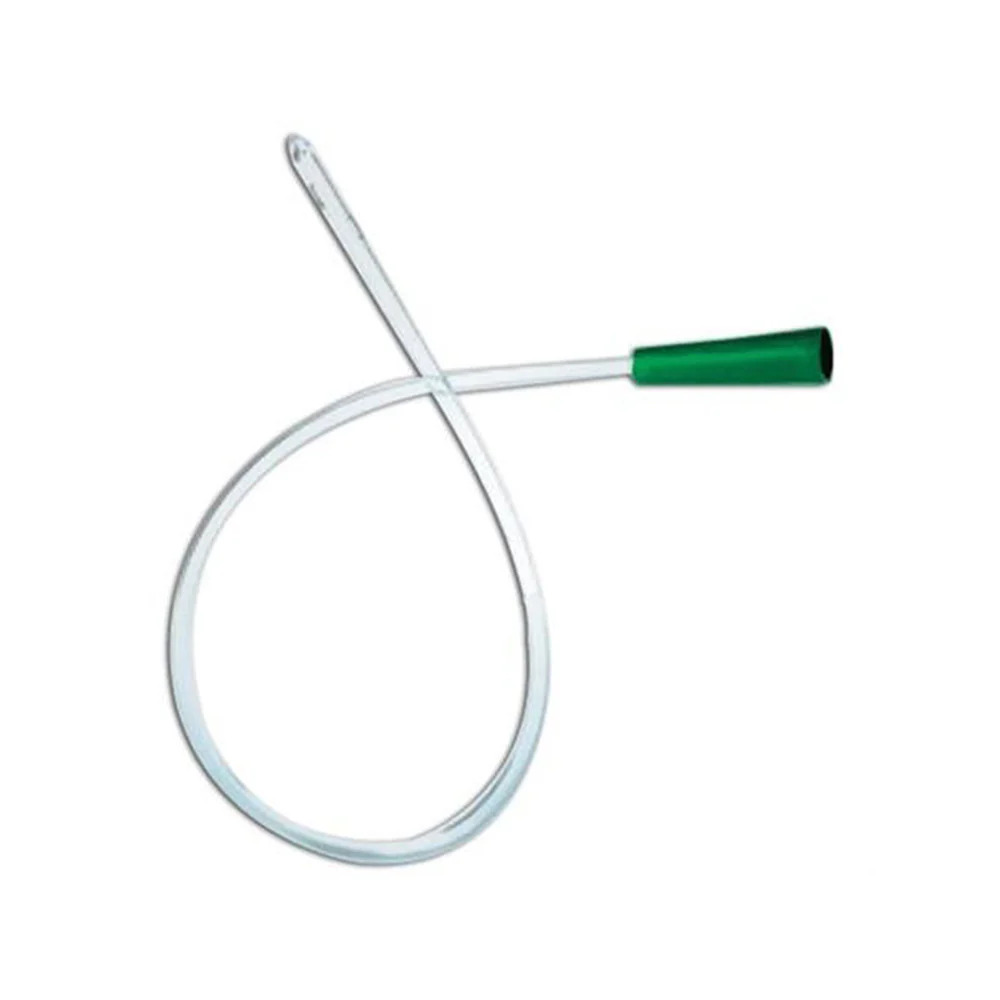

Closed System Catheters
Closed system catheters are intermittent catheters with an integrated urine collection bag. This closed system eliminates the need to find a receptacle or a toilet and reduces the chance of mess or spills by emptying urine directly into the connected bag.
Key Benefits
- Built-in bag for easy collection and disposal
- Low-touch, self-contained system
- Usually pre-lubricated
Ideal For
- Those with mobility and/or dexterity issues
- Traveling, camping, and public bathroom use
- Those with immunosuppression or who are immunocompromised
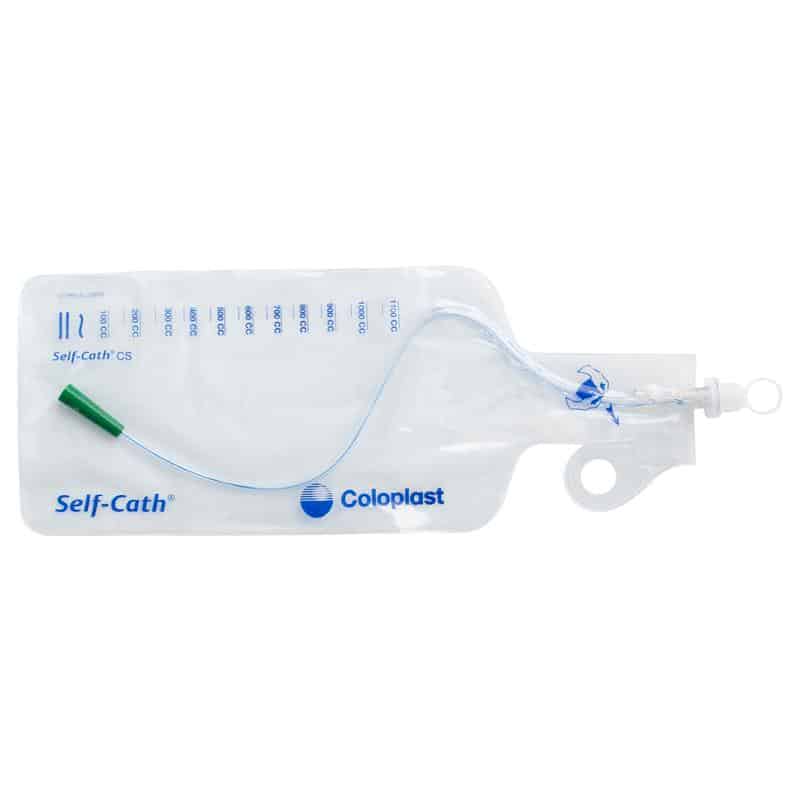

Hydrophilic Catheters
Hydrophilic catheters are intermittent catheters that are water-activated or pre-lubricated for more comfortable insertion. Not only are they more comfortable to insert, but they also reduce friction and help prevent the risk of urethral trauma.
Key Benefits
- Reduces friction, minimizing urethral trauma and maximizing comfort
- No additional lubricant needed
- Often packaged in or with sterile water
Ideal For
- Those with a sensitive urethra
- Those who cath frequently and may be more prone to urethral trauma
- On-the-go cathing; no need to bring additional lubricant


Indwelling Catheters (Foley)
Indwelling catheters, commonly known as Foley catheters, are left in place for long-term use and continuous bladder drainage. A water-filled balloon helps secure the catheter in place. The catheter drains on its own into an attached collection bag.
Key Benefits
- Drains continuously without user intervention
- Less frequent changes
Ideal For
- Surgery recovery
- Those with low mobility
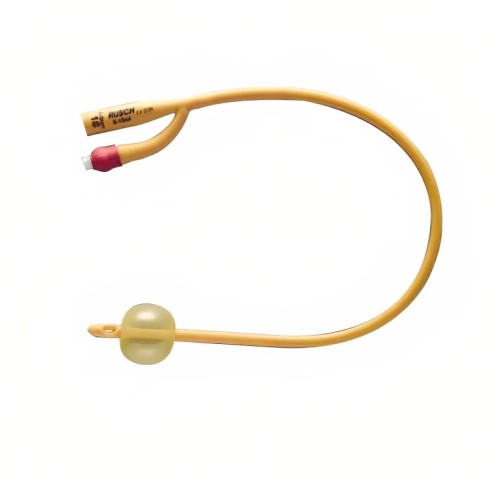

External Catheters
External catheters are a non-invasive solution for catheterization. They are worn externally, helping prevent the common infection risks associated with internal catheters. Those with a penis usually use external catheters. They are designed to fit over the head of the penis without having to enter the urethra (condom catheters).
While external catheters are ideal for male urinary incontinence, there are specialized catheter options available designed specifically for women.
Key Benefits
- Worn outside of the urethra
- Usually more comfortable than internal catheters
- Lower risk of UTIs
Ideal For
- Stress incontinence
- Prostate surgery recovery
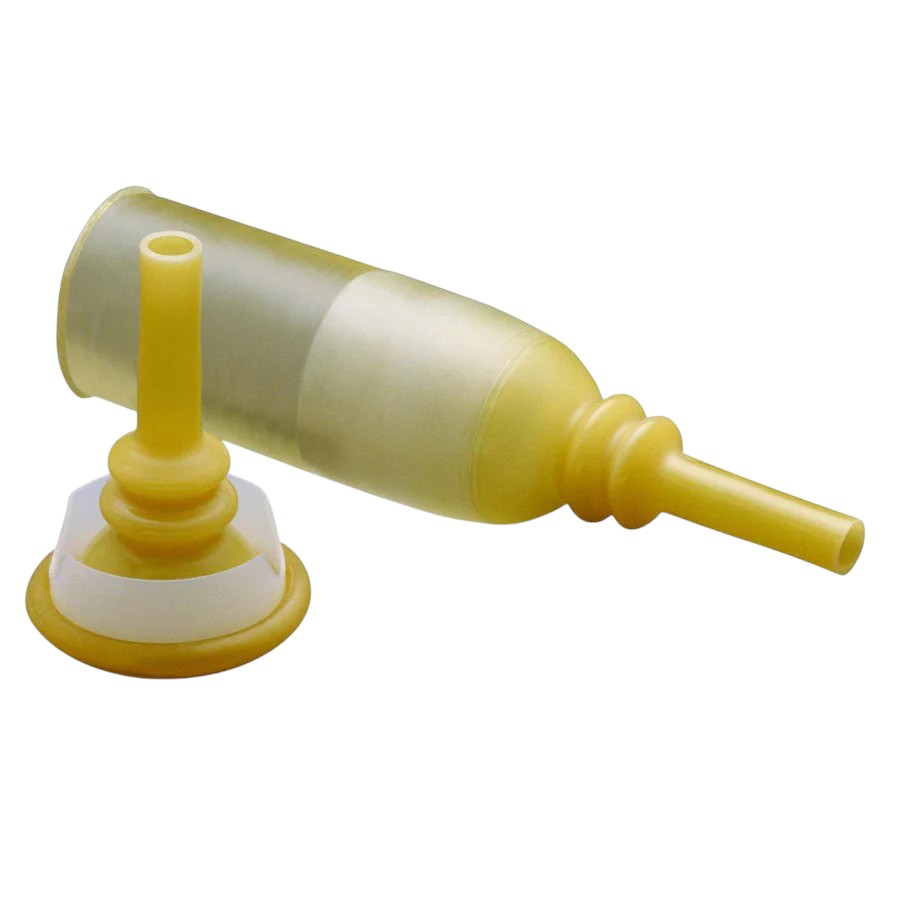

How To Choose the Best Catheter for Your Needs
When searching for urinary catheters, you may come across many common terms. Understanding what these terms mean can help you choose the safest and most comfortable catheter for your needs. Keep the following considerations in mind when shopping for a catheter:
French Size
The French size refers to the diameter of the catheter. Usually, French sizes for adult women are between 10 - 12 and 14 - 16 for adult men.
Material
The most common materials used for catheters are vinyl/PVC, rubber latex, and silicone.
- Red rubber latex is thermo-sensitive, meaning that latex catheters become more pliable with temperature changes and are ultra-flexible. Those with sensitive urethras may find latex more comfortable to insert and easier to use.
- Silicone catheters are smooth, sturdy, and made without natural rubber latex, making them ideal for those with latex sensitivities. Silicone is firmer than latex, which may make insertion more challenging for some users.
- Vinyl (PVC) catheters are flexible, firm, and partially transparent. They are generally made without natural rubber latex to accommodate those with sensitivities.
Tip
There are two tip options - straight or coudé. Straight catheters are the most common and are easy to insert for self-catheterization. Coudé catheters have slightly curved tips and navigate obstructions like scarring, blockages, or an enlarged prostate.
Lubrication
Some, but not all, catheters come pre-lubricated or precoated for smoother insertion. Many choose this type of catheter to save time and effort during catheterization, while other users may prefer to choose their own catheter lubricant.
Lifestyle
Consider your lifestyle needs when choosing a catheter. Highly mobile users with an active lifestyle may want a more portable and discreet cathing option, while users with mobility or dexterity issues may find closed system catheters more convenient.
Single Use vs. Reusable
Single-use catheters are less likely to cause UTIs because they are typically packaged sterile, reducing the risk of introducing bacteria into the urethra. However, they tend to be less cost-effective. Reusable catheters can reduce costs and waste, but they are at a higher risk of improper sterilization or infrequent sterilization, which increases the chance of infection.
Urinary Catheter Accessories for Comfort and Convenience
Drainage: Leg and Bedside Bags
Leg bags are drainage bags that are worn on the leg. They are great for daytime use and can be worn discreetly under pants. Bedside bags have a more substantial capacity than leg bags, making them ideal for overnight use.
Lubricants
Lubricants not only make catheter insertion more comfortable, but they also help prevent the risk of urethral trauma.
Leg Straps
Leg straps and holders help keep a leg bag in place for better mobility and comfort.
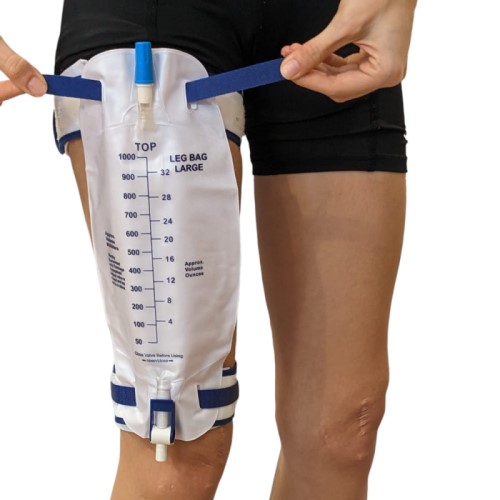

Conclusion
Before selecting a urinary catheter, it is important to consider all your comfort, mobility, lifestyle, and safety needs to find the catheter that will work for you and your body. Consulting your doctor with your specific needs in mind will help you choose the catheter style that best suits you. Vitality Medical has a variety of catheters available from trusted brands, including Bard, Coloplast, Cure, Hollister, and more.
Footnotes
- 1 (2023, December 11). How to choose the right catheter size and type. Byram Healthcare.
- 2 (2023, September 4). An overview of catheter materials. ActiveLifeMed.
- 3 Fosnight, A. (2023, October 2). The differences between straight tip and Coudé Tip Catheters. Aeroflow Urology.
- 4 Saadat, S. H., Shepherd, S., Van Asseldonk, B., & Elterman, D. S. (2019, February). Clean intermittent catheterization: Single use vs. Reuse. Canadian Urological Association journal.
